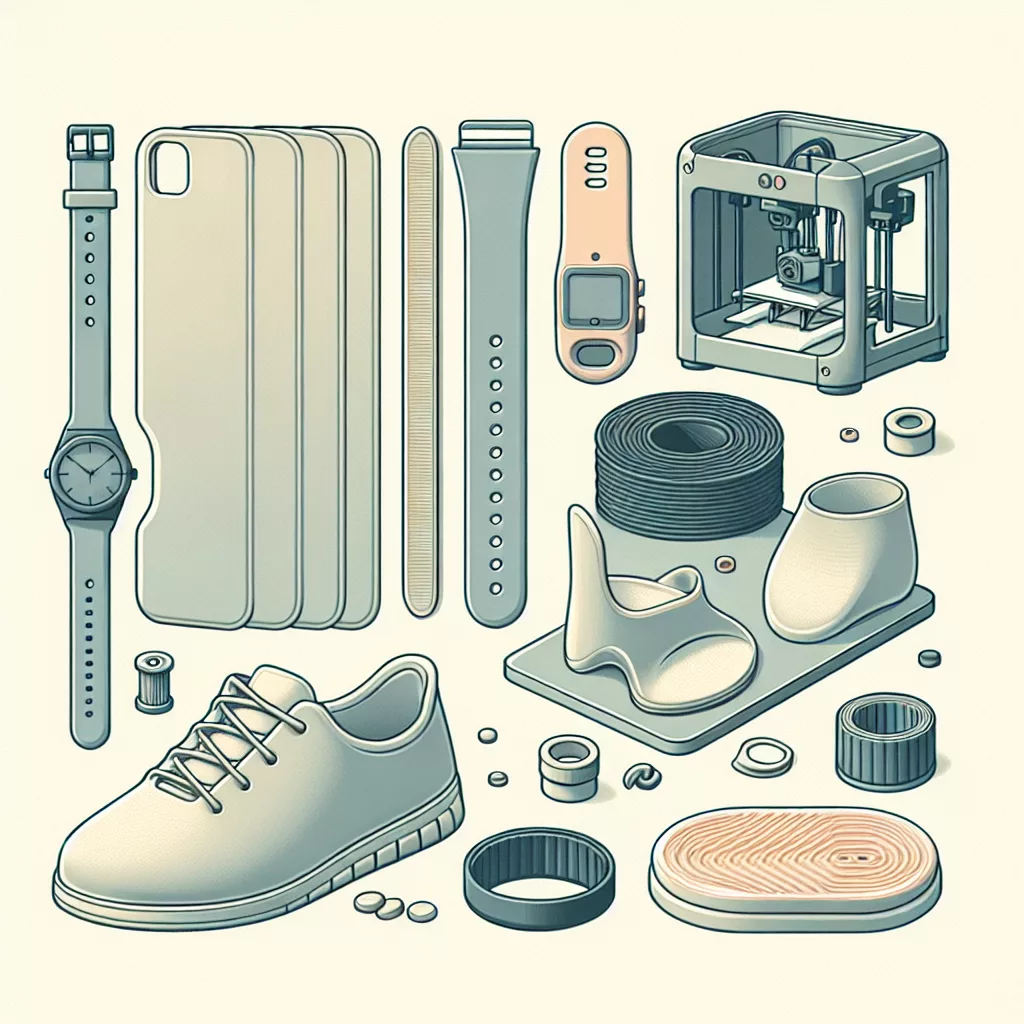1. Accelerated Adoption of Metal 3D Printing Technologies
By 2025, metal 3D printing will continue to reshape manufacturing industries by providing unparalleled design flexibility and efficiency. Technologies like Direct Metal Laser Sintering (DMLS), Electron Beam Melting (EBM), and Metal Binder Jetting are becoming increasingly mainstream. Major corporations across automotive, aerospace, and medical sectors are already adopting metal additive manufacturing to produce high-performance, lightweight components at scale. Expect metal 3D printing costs to decrease further, enabling smaller businesses and innovative startups to leverage these powerful technologies for rapid prototyping and production.
2. Expansion of Sustainable and Eco-Friendly Printing Materials
With growing societal pressure toward sustainability, the 3D printing industry is rapidly innovating eco-friendly materials. In 2025, expect a broader range of biodegradable filaments derived from renewable sources like algae, recycled waste, and plant-based polymers. Manufacturers will emphasize sustainability, with biodegradable PLA, recycled PET-G, and renewable composites becoming standard material options. Additionally, bioactive materials used in medical applications, such as biodegradable implants, will see significant innovation, bringing transformative potential to patient care and environmental impact.
3. Increased Integration of Artificial Intelligence (AI) and Machine Learning
The convergence of artificial intelligence (AI) and 3D printing will revolutionize design optimization, quality assurance, and production automation. By 2025, AI-driven software will virtually eliminate trial-and-error in 3D printing by precisely predicting performance and material behaviors before physical prototypes are created. Intelligent printing processes, powered by machine learning algorithms, will self-correct in real-time, significantly reducing print failures and production downtime. Further, AI-driven analytics will enable better management of supply chains and inventory control, streamlining workflows and maximizing efficiency across industries.
4. Rapid Growth of Bioprinting in Healthcare and Medicine
Bioprinting, which uses 3D printing technology to create living tissue and functional organs, is poised for significant breakthroughs by 2025. Researchers and medical professionals will increasingly adopt bioprinting technologies to develop customized organ models, biocompatible implants, and complex tissue constructs for testing drug interactions and surgical simulations. Advances in bio-inks, cellular biology, and printing accuracy will drive unprecedented medical innovations. Expect to see dramatic improvements in patient outcomes, reduced organ-transplant waitlists, and innovative treatments facilitated by these groundbreaking bioprinting advancements.
5. Mass Customization and Distributed Manufacturing
By 2025, the concept of distributed manufacturing and mass customization enabled by 3D printing will gain widespread adoption. Businesses and consumers will rely less on centralized manufacturing hubs as local, on-demand production facilities become mainstream. Companies will leverage cloud-based 3D printing technologies to produce customized products close to the customer, significantly cutting logistics costs, reducing inventory overhead, and shortening delivery times. Furthermore, the rise of digital marketplaces and collaborative platforms will empower consumers and businesses alike to participate actively in the product design and manufacturing processes, ushering in a new era of personalized goods.
Conclusion
The year 2025 promises significant advancements for the 3D printing industry, reshaping how products are designed, manufactured, and delivered. From metal printing and eco-friendly materials, to integrated AI and groundbreaking bioprinting innovations, these exciting trends will drive efficiency, sustainability, and creativity across sectors. Businesses and innovators alike should closely follow these developments to stay competitive and take advantage of the transformative possibilities of 3D printing technology.


Leave a Reply